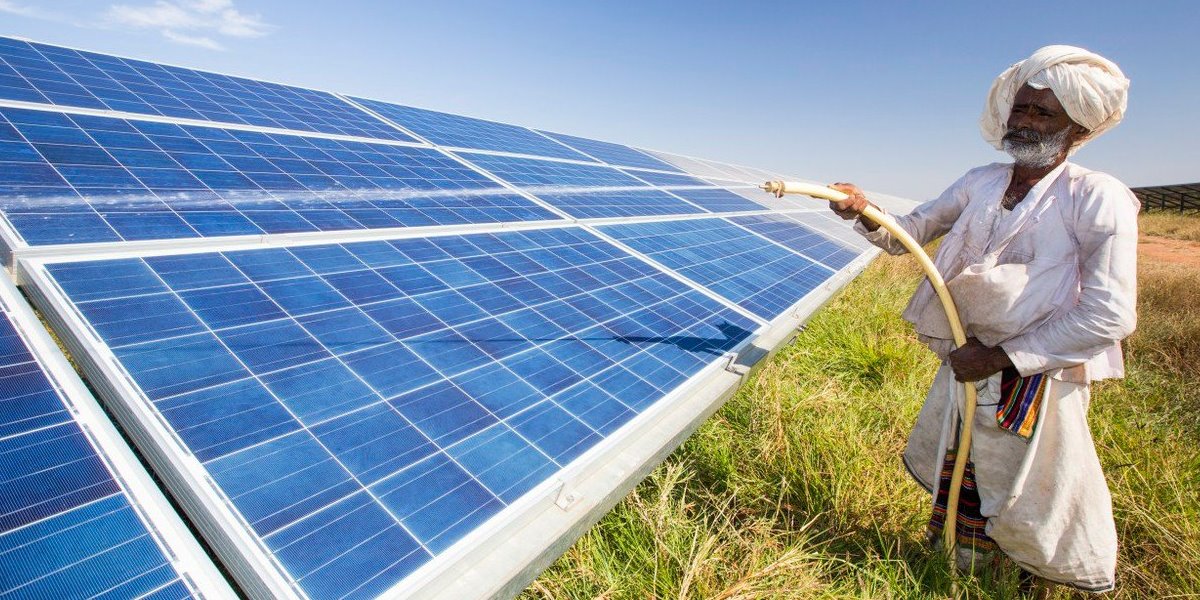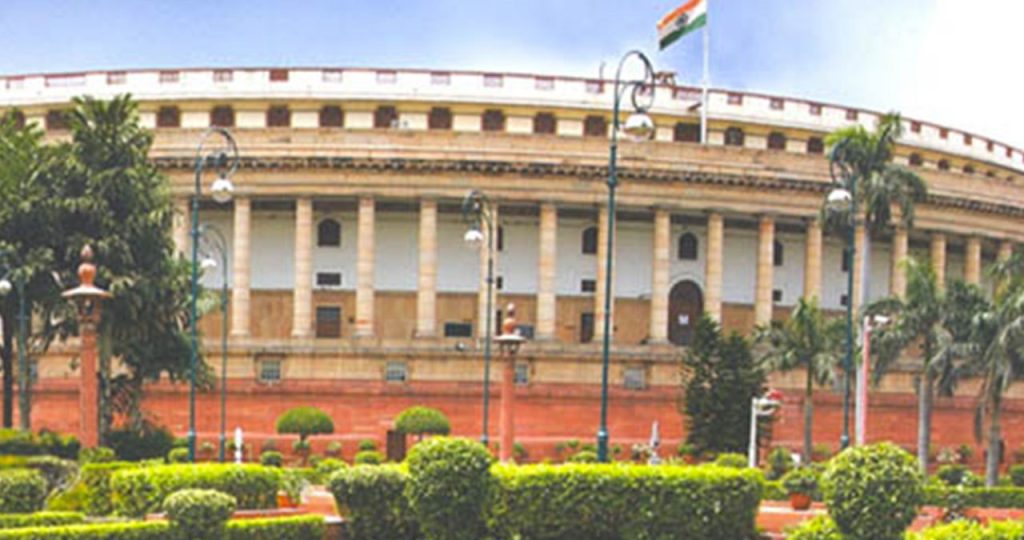India has taken a landmark step to mitigate climate change and has reached another milestone on Tuesday, 9th August, 2022. The Lok Sabha, lower house of Parliament passed the Energy Conservation Amendment Bill (ECAB). The bill also promotes lowering carbon prints and more use of clean energy.

The Energy Conservation Amendment Bill, 2022, is being lauded as a big step for India towards achieving climate goals. The bill is a major development towards attaining India’s Nationally Determined Contributions (NDC), which are India’s commitments towards climate change action under the Paris Agreement.
The ECAB was proposed in the Lok Sabha on 3rd August and passed on 9th August. The bill aimed at ensuring greater use of renewable energy and enforcing penalties on industrial polluters for carbon emissions. The original bill was created in 2002.
The Act included energy consumption standards for equipment and appliances that consume, generate, transmit or supply energy. The Bureau of Energy Efficiency came into being under the original Act and included a governing council of up to 26 members. It provided a policy framework and direction to national energy conservation activities. It also empowered the central government to specify energy consumption standards.
The following amendments have been made under the recently passed bill. It allows the government to specify energy consumption standards. There specified consumers also need to meet a minimum energy consumption from fossil sources of energy. Failure to meet this will result in a penalty of up to 10 lakh INR.
• Obligation to use non-fossil sources of energy
• Carbon trading
• Energy conservation code for buildings
• Applicability to residential buildings
• Standards for vehicles and vessels
• Regulatory powers of SERCs
• Composition of the governing council of BEE
• The governing council members has been increased to 37.

According to the government the bill will help India achieve its climate goals, which include reducing the emissions intensity of GDP (that is, the volume of emissions per unit of GDP) by 45% below 2005 levels, as well as ensuring that about 50% of installed electric power capacity is from non-fossil sources. The bill will increase the share of clean energy sources powering India’s industries and homes. Fossil fuels such as petroleum and gas will be gradually replaced by use non-fossil sources such as green hydrogen, green ammonia, biomass, and ethanol. This will also aid in India’s pledge to reduce emissions by 45% by 2030 from its 2005 levels. India also planned to get half of its economic energy from non-fossil fuel-based energy sources by 2030. As such the government has claimed to adopt a program that encourages people to make green lifestyle changes.
During the discussions on the bill, Trinamool Congress MP Mahua Moitra pointed out that the bill doesn’t adequately address India’s future cooling needs. In the wake of global warming it is necessary to emphasize on fuels such as green hydrogen and ammonia. The bill took away the opportunities of enhancing technologies like solar power.

According to Deepak Sriram Krishnan, associate director of energy at World Resources Institute India’s infrastructure for green hydrogen and ammonia are yet to be made. It will be thus convenient to make use of the already existence solar power energy. He added that India needs a design thinking approach for passive cooling for its rising cooling need due to global warming. The bill doesn’t address this issue adequately. Moreover he stressed that the guidelines enumerated in the amendment will only be effective when it will be made enforceable right from the local level.

